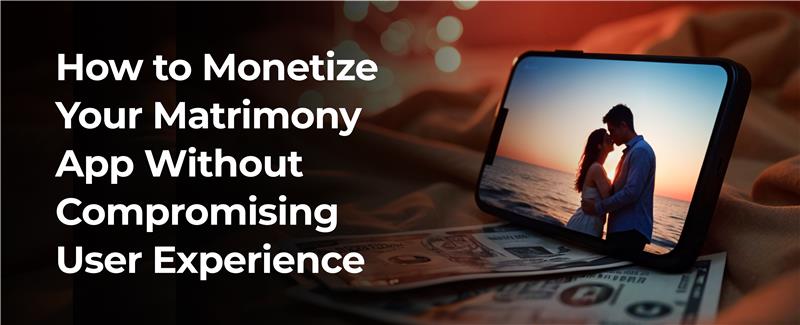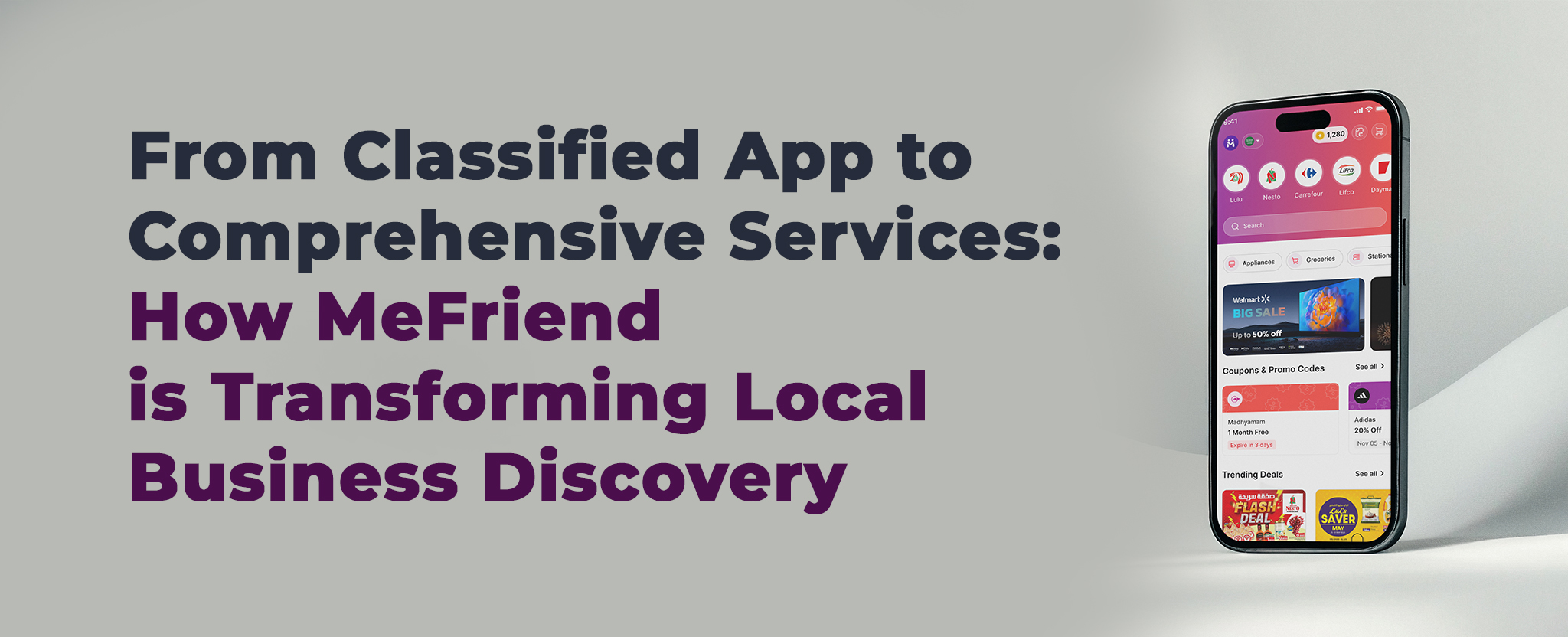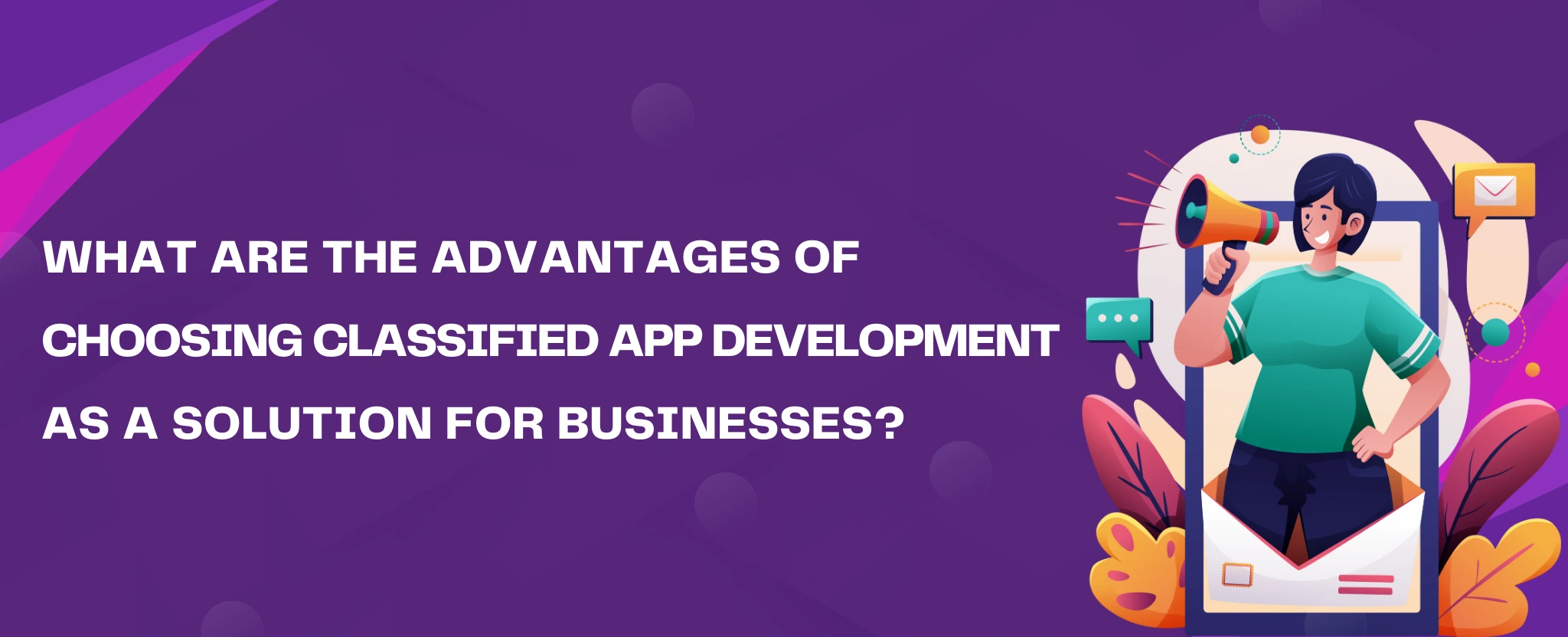How to Monetize Your Matrimony App Without Compromising User Experience
22 May 25 


The online matrimony market reached $285 million in 2022 with projected growth of 8.4% through 2030. Behind this opportunity lies a practical challenge: generating revenue while maintaining positive user experiences. Many app developers find that aggressive monetization tactics drive users away, while overly cautious approaches limit business sustainability.
This article examines proven monetization strategies that respect user needs while building profitable matrimony platforms.
Understanding Your User Base
Research shows that 72% of matrimony app users value transparency in pricing, while 67% prioritize control over their visibility and communication options.
Key user segments in matrimony apps include:
- Serious seekers: Users actively looking for marriage partners (typically willing to pay for premium features)
- Exploratory users: Those in early stages of consideration (may convert to paying users if they find value)
- Parent/family accounts: Relatives managing profiles for family members (often value different features)
- Repeat users: Previously registered users returning after unsuccessful attempts (higher conversion potential)
Understanding these different user types allows for targeted monetization approaches that align with user needs rather than disrupting their experience.
Effective Monetization Strategies
1. Tiered Subscription Models
Subscription models remain the most reliable revenue source for matrimony apps, with 78% of industry revenue coming from recurring payments. Effective tiered approaches include:
Standard Tier (Free)
- Limited profile views
- Basic search functionality
- Restricted communication options
- Ad-supported experience
Premium Tier ($15-25/month)
- Unlimited profile views
- Advanced search filters
- Direct messaging capabilities
- Ad-free experience
Elite Tier ($30-50/month)
- Priority placement in search results
- Read receipts and advanced communication
- Profile verification badges
- Personalized matchmaking assistance
Analysis of conversion rates shows that apps offering 3-4 clearly differentiated tiers achieve 32% higher average revenue per user (ARPU) than those with single premium options.
2. Feature-Based Pricing
Rather than forcing users into comprehensive subscriptions, offering individual premium features as one-time purchases can increase monetization while respecting user preferences.
Effective à la carte features include:
Profile Boosts: One-time payments ($5-10) to appear at the top of search results for 24-72 hours. These generate 28% higher engagement rates while providing users with control over their visibility.
Contact Unlocks: Allowing users to purchase credits ($1-3 each) to contact specific profiles without subscribing. Research shows this approach increases revenue from casual users by up to 47%.
Verification Services: Premium verification options ($10-20) that increase profile trustworthiness and visibility. These services both generate revenue and improve platform integrity.
3. Matchmaking Services
High-value users often seek personalized assistance beyond algorithmic matching. Dedicated matchmaking services priced at $100-300 per quarter can generate significant revenue while addressing the needs of serious users.
These services typically include:
- Human matchmaker consultations
- Curated introductions
- Personalized feedback
- Date coordination assistance
Matrimony apps offering these services report 15-20% higher retention rates among premium users and 42% higher lifetime value.
4. Strategic Advertising
While intrusive advertising damages user experience, contextually relevant partnerships can generate revenue while providing value. Matrimony apps can incorporate:
Wedding Vendor Marketplaces: Partnerships with wedding planners, venues, and service providers. These generate 15-25% commission on bookings without interrupting the user journey.
Financial Services: Partnerships with banks offering marriage loans or joint financial products. These can generate $50-100 per qualified lead while addressing real user needs.
Event Sponsorships: Virtual or physical matrimony events with sponsor branding. These events generate $5,000-20,000 in sponsorship revenue while creating valuable user engagement opportunities.
Addressing Common Monetization Challenges
Challenge 1: User Churn from Paywalls
Problem: Sudden paywalls during user interactions cause 63% of users to abandon matrimony apps within the first month.
Solution: Implement gradual engagement restrictions rather than immediate barriers. Matrimony apps that allow basic interactions before suggesting upgrades see 38% higher conversion rates.
Implementation Strategy:
- Provide clear value demonstration before restriction
- Implement progressive limitations based on engagement levels
- Offer time-limited premium trials at engagement peaks
Challenge 2: Trust Issues with Paid Promotions
Problem: Users often distrust promoted profiles, with 56% reporting skepticism about profiles appearing in “featured” sections.
Solution: Clearly distinguish between algorithmic matches and promoted content. Platforms that implement transparent labeling see 26% higher interaction with promoted profiles.
Implementation Strategy:
- Use distinct visual cues for organic vs. promoted content
- Maintain quality standards for promoted profiles
- Limit promotion frequency for individual profiles
Challenge 3: Cultural Sensitivity in Pricing
Problem: Matrimony apps serving diverse communities face challenges in pricing across different economic circumstances and cultural expectations.
Solution: Implement regionally adjusted pricing and culturally specific features. Apps with region-specific pricing models report 34% higher conversion rates in developing markets.
Implementation Strategy:
- Conduct market research on regional willingness to pay
- Develop culture-specific premium features
- Consider family-based subscription options for cultures where marriage is a family decision
Challenge 4: Balancing Revenue and Database Quality
Problem: Pure revenue focus often results in database quality deterioration, with 44% of users citing “too many inactive profiles” as their reason for cancellation.
Solution: Implement revenue models that incentivize database integrity. Platforms that reward users for profile updates and activity show 29% higher retention rates.
Implementation Strategy:
- Require periodic activity for premium visibility
- Implement verification systems tied to monetization
- Create financial incentives for profile completion and updates
Performance Metrics for Monetization Strategies
To evaluate whether your monetization approach preserves user experience, track these key metrics:
- Conversion rate: Percentage of free users upgrading to paid (industry benchmark: 2-5%)
- Retention rate: Monthly user retention by tier (benchmark: 70%+ for premium users)
- Customer Lifetime Value (CLV): Revenue generated per user over their lifetime (benchmark: $100-200)
- Net Promoter Score (NPS): User satisfaction and recommendation likelihood (benchmark: 30+ for matrimony apps)
- User activity post-monetization: Engagement rate after implementing paid features (should remain within 10% of pre-monetization levels)
Conclusion
Successful monetization of matrimony apps balances revenue generation with user experience. The most effective approaches:
- Align pricing with genuine value addition
- Maintain transparency in all monetization methods
- Preserve core functionality while enhancing premium experiences
- Address specific user segments with targeted offerings
- Continuously monitor user satisfaction alongside revenue metrics
By focusing on these principles, matrimony app developers can build sustainable revenue streams without compromising the user trust essential to their platform’s long-term success.
The matrimony app market continues to grow, but user expectations are evolving. Apps that view monetization as an extension of user experience rather than a separate business function will ultimately capture larger market share and maintain stronger user loyalty
- Agentic AI1
- Android Development3
- Artificial Intelligence30
- Classified App3
- Custom App Development5
- Digital Transformation12
- Doctor Appointment Booking App14
- Dropshipping1
- Ecommerce Apps40
- Education Apps2
- Fintech-Apps37
- Fitness App4
- Flutter4
- Flutter Apps20
- Food Delivery App5
- Grocery App Development1
- Grocery Apps3
- Health Care9
- IoT2
- Loyalty Programs9
- Matrimony Apps1
- Microsoft1
- Mobile App Maintenance2
- Mobile Apps124
- Product Engineering6
- Progressive Web Apps1
- React Native Apps2
- Saas Application2
- Shopify9
- Software Development3
- Taxi Booking Apps7
- Truck Booking App5
- UI UX Design8
- Uncategorized6
- Web App Development1

















Comments